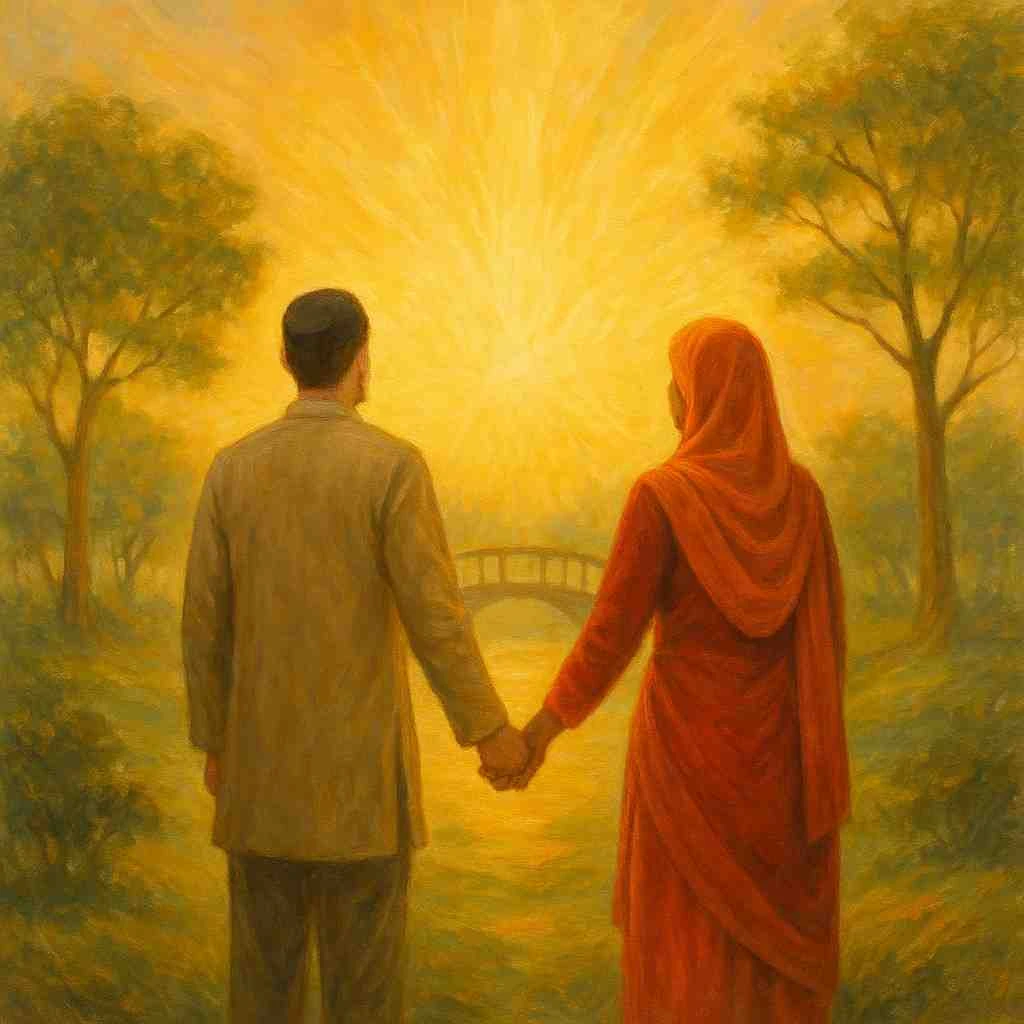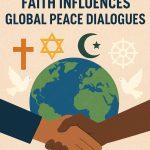Interfaith Marriages: Bridging Belief Systems
In today’s rapidly changing world, love often crosses boundaries that once seemed immovable — geography, culture, language, and even religion. Among the most transformative of these unions are interfaith marriages, where two people from different religious backgrounds choose to share their lives together. Once considered rare or controversial, such marriages are increasingly common in the 21st century, challenging traditional ideas about faith, identity, and family. More importantly, they show that human connection can transcend belief systems — turning diversity into harmony.
A New Definition of Unity
Interfaith marriages represent a new kind of unity — one not based on uniformity but on understanding. When people of different religions fall in love, they bring with them distinct rituals, values, and worldviews. Navigating those differences requires open-mindedness and respect. These relationships remind society that love is not limited by labels.
In earlier generations, religion was a defining factor in choosing a life partner. Families often discouraged or even forbade unions outside their faith, fearing cultural dilution or divine disapproval. But modern couples increasingly prioritize emotional compatibility and shared values over religious conformity. They see faith not as a barrier but as a foundation for empathy and dialogue.
The Challenges of Dual Faiths
However, interfaith marriages are not without challenges. Religion shapes not only beliefs but also daily life — from what we eat and how we pray to how we celebrate festivals or raise children. When two faiths coexist under one roof, questions naturally arise: Which traditions will be followed? How will future children identify? What role will extended families play?
Such dilemmas can be complex, especially when families hold strong religious convictions. Social pressure or community disapproval can sometimes strain relationships. For example, while urban areas may be more accepting, small towns or conservative families may still resist the idea of interfaith unions.
The key lies in communication. Couples who discuss their beliefs honestly and establish mutual respect early in the relationship tend to thrive. Many choose to create a blended spiritual environment — celebrating both faiths equally or focusing on universal values like kindness, service, and gratitude that all religions share.
Faith as a Source of Strength, Not Division
At their best, interfaith marriages demonstrate the core message shared by all religions — love, compassion, and peace. When two individuals honor each other’s beliefs, they live out these values in the most personal way. Rather than weakening faith, such unions can deepen it by encouraging introspection and genuine understanding.
For instance, a Hindu–Christian couple might celebrate both Diwali and Christmas, turning their home into a space of shared joy. A Muslim–Sikh family may teach their children about both the Qur’an and Guru Granth Sahib, allowing them to grow with a wider worldview. These acts are not compromises but bridges — living proof that diversity can coexist beautifully within a single family.
Children and Shared Values
Raising children in an interfaith marriage often requires balance. Some couples choose to expose their children to both religions and allow them to decide their spiritual path when they mature. Others prefer to focus on moral teachings common to all faiths — compassion, honesty, generosity, and respect.
The goal is not to impose identity but to nurture understanding. Children who grow up in interfaith homes often become more accepting, curious, and empathetic. They learn early that faith can be both personal and plural, that difference is not division but richness.
Changing Social Perspectives
The growing acceptance of interfaith marriages reflects a broader social transformation. As globalization, education, and technology bring people closer, rigid religious boundaries are slowly softening. Media and pop culture also play a role — films, books, and social platforms increasingly depict interfaith love stories not as scandals but as symbols of hope and inclusion.
In many countries, interfaith marriage laws have evolved to protect individual choice, recognizing love as a personal right beyond religious jurisdiction. Religious leaders, too, are beginning to emphasize shared humanity over sectarian divides, urging tolerance and respect.
Interfaith Marriages as Agents of Peace
Beyond the personal, interfaith marriages have a quiet but profound social impact. Every such union is a small step toward communal harmony. When families of different faiths come together through love, stereotypes soften, prejudices fade, and dialogue replaces distance. These marriages humanize “the other” — showing that faith need not divide people, but can unite them through compassion.
In societies often torn by religious intolerance, interfaith couples become symbols of coexistence. Their homes are microcosms of peace, where mutual respect is not theory but daily practice. When they celebrate each other’s festivals, they send a powerful message — that diversity need not be feared, but cherished. Interfaith marriages, once seen as difficult or forbidden, are emerging as beacons of modern love and understanding. They show that faith, at its core, is not about boundaries but about connection — with the divine and with one another. In the journey of two people from different belief systems, we see humanity’s larger quest — to live together despite our differences, to love beyond divisions, and to find unity in diversity.
In the end, interfaith marriage is not just about blending religions; it is about blending hearts. It reminds us that while belief systems may vary, the essence of love — acceptance, respect, and compassion — is universal.
~Religion World Bureau









